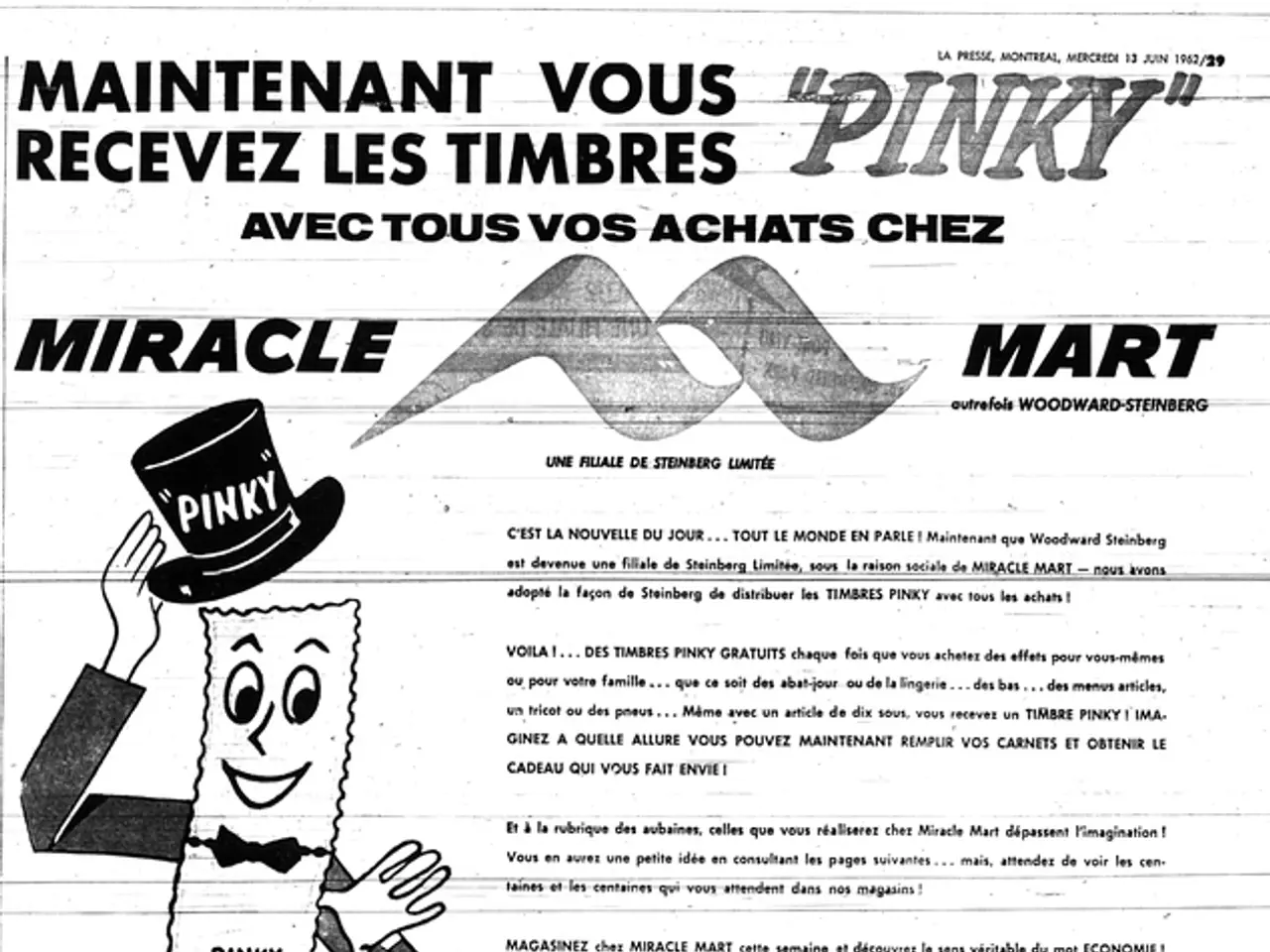Unraveling the Nitty-Gritty of Content Licensing: A Detailed Walkthrough for Purchasers and Providers
The content licensing process is a vital aspect of the global media and entertainment industry, connecting creators and rights holders with buyers and distributors. This multifaceted journey, from initial discovery to ongoing management, plays a crucial role in bringing content to audiences worldwide.
Content Research and Identification
The first step in the content licensing process involves identifying suitable content based on market demand, audience fit, and strategic goals. This may involve analysing trending titles or identifying gaps in the content portfolio.
Rights Holder Contact and Verification
Once potential content has been identified, the buyer contacts the rights holder to verify the availability and legal ownership of the content. Verifying clear rights helps to avoid third-party claims or disputes later.
Negotiation of Licensing Terms
Both parties then negotiate critical terms such as the duration of the license, geographic territories covered, scope of rights, financial terms, and allowed modifications or edits to the content.
Legal Clearance and Due Diligence
Before proceeding with the agreement, it is essential to confirm that all copyrighted elements within the content (e.g., scripts, music, visuals) have the appropriate licenses and that no outstanding claims exist. This ensures smooth downstream usage without infringement risks.
Agreement Drafting and Contract Signing
Preparing and executing a detailed license agreement that clearly defines all rights granted, obligations, restrictions, renewal options, and remedies. This legally binds both parties and safeguards brand integrity and IP ownership.
Rights Management and Monitoring
Post-signing, managing the license by monitoring usage compliance, handling royalty payments, and tracking performance. Some organizations use automated contract management systems to streamline workflows.
Renewal, Expansion, or Termination
Near the license expiry, parties may negotiate renewals, broaden territory or platform rights, or end agreements. Flexibility to adapt to evolving distribution technologies and market changes is often planned during negotiations.
The content licensing process balances business interests with creative and legal protections, requiring collaboration, trust, and clear communication to build long-term mutually beneficial partnerships. Different content types (films, music, visuals) and distribution methods (TV, digital streaming, OTT) may require specific rights and clauses to be included.
Modern solutions like online B2B marketplaces and rights management platforms are playing a significant role in streamlining various stages of the content licensing process, particularly in discovery and connection. Having experienced legal counsel specializing in media and entertainment law is invaluable during this stage to protect interests, ensure legality, clarify complex legal jargon, advise on industry customs and best practices, and assist in negotiating final sticking points.
Whether you're a buyer navigating TV show acquisition steps or a seller figuring out how to sell content rights for your film, understanding the content licensing process is essential for success. Tools and platforms like "our website" are designed to accelerate the discovery and connection phase, allowing buyers to easily find available content and sellers to reach a global audience of acquirers.
- The first step in the content licensing process, which plays a crucial role in the global media and entertainment industry, is Content Research and Identification, involving the analysis of market demand, audience fit, and strategic goals to identify suitable content.
- To avoid third-party claims or disputes later, it is essential, during the Rights Holder Contact and Verification stage, to verify the availability and legal ownership of potential content before proceeding with negotiations.







